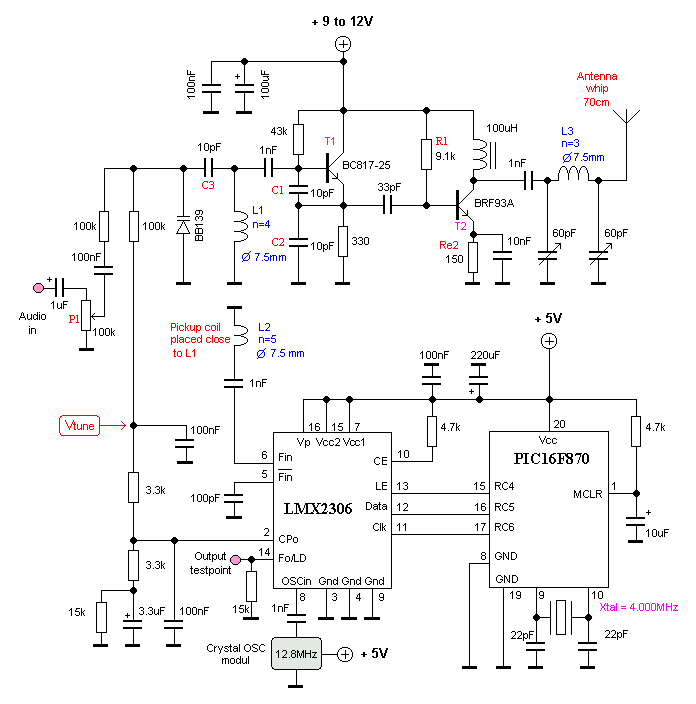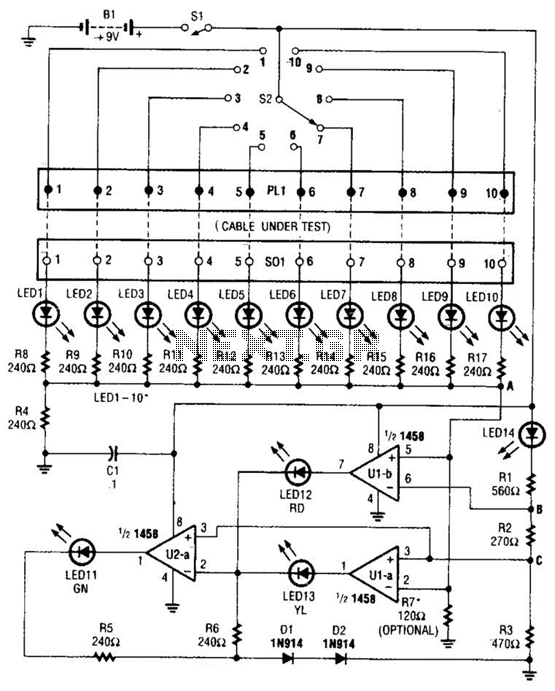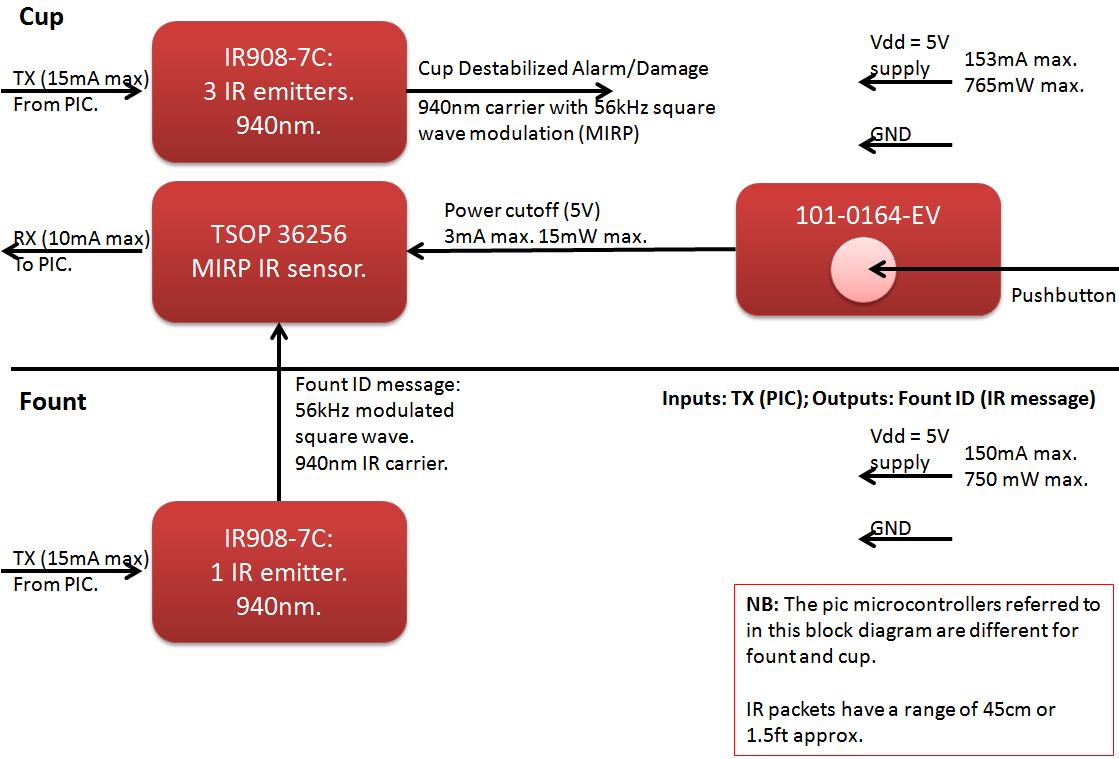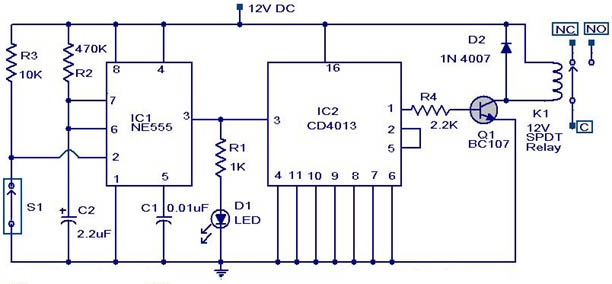
Cmos 4017 Sequential Timer circuit

This timer is designed to generate a sequence of up to ten distinct events. Each event's duration can be set independently, and the sequence can be configured to run a predetermined number of times or continuously. Additionally, the individual events within the sequence can be programmed to repeat and/or overlap. The provided support material offers a comprehensive explanation of the functioning of the CMOS 4017.
The timer circuit employs the CMOS 4017 decade counter, which is capable of counting from 0 to 9 and can be used to drive a sequence of outputs corresponding to each count. The outputs can be connected to various devices, such as LEDs, relays, or other electronic components, to indicate the occurrence of each event in the sequence.
The setup typically involves connecting the clock input of the 4017 to a timer circuit that generates a pulse at regular intervals. This pulse can be derived from an astable multivibrator or any other timing circuit, which determines the frequency of the events. Each output pin (Q0 to Q9) of the 4017 will activate sequentially with each clock pulse, allowing for the control of individual events.
To achieve independent event durations, additional timing circuits can be integrated with each output. For instance, a simple RC timing circuit can be used for each output to control how long the associated event is active before moving to the next one. Furthermore, the design can incorporate feedback mechanisms to allow for overlapping events by routing the output of one event back to the clock input or to the reset pin of the 4017.
The sequence can be set to repeat a fixed number of times by using a counter or a simple logic circuit that resets the 4017 after a specified number of cycles. For continuous operation, the reset pin can be disabled, allowing the sequence to run indefinitely.
In summary, this timer circuit utilizing the CMOS 4017 is versatile and can be tailored to create complex sequences of events with varying durations and overlaps, making it suitable for various applications in automation, signaling, and control systems.This timer will provide a sequence of up to ten separate events. The length of each event is set independently. And the sequence will run a fixed number of times - or repeat continuosly. The individual events within the sequence - can be made to repeat and/or overlap. The accompanying Support Material includes a detailed description of how the Cmos 4017 works.. 🔗 External reference
The timer circuit employs the CMOS 4017 decade counter, which is capable of counting from 0 to 9 and can be used to drive a sequence of outputs corresponding to each count. The outputs can be connected to various devices, such as LEDs, relays, or other electronic components, to indicate the occurrence of each event in the sequence.
The setup typically involves connecting the clock input of the 4017 to a timer circuit that generates a pulse at regular intervals. This pulse can be derived from an astable multivibrator or any other timing circuit, which determines the frequency of the events. Each output pin (Q0 to Q9) of the 4017 will activate sequentially with each clock pulse, allowing for the control of individual events.
To achieve independent event durations, additional timing circuits can be integrated with each output. For instance, a simple RC timing circuit can be used for each output to control how long the associated event is active before moving to the next one. Furthermore, the design can incorporate feedback mechanisms to allow for overlapping events by routing the output of one event back to the clock input or to the reset pin of the 4017.
The sequence can be set to repeat a fixed number of times by using a counter or a simple logic circuit that resets the 4017 after a specified number of cycles. For continuous operation, the reset pin can be disabled, allowing the sequence to run indefinitely.
In summary, this timer circuit utilizing the CMOS 4017 is versatile and can be tailored to create complex sequences of events with varying durations and overlaps, making it suitable for various applications in automation, signaling, and control systems.This timer will provide a sequence of up to ten separate events. The length of each event is set independently. And the sequence will run a fixed number of times - or repeat continuosly. The individual events within the sequence - can be made to repeat and/or overlap. The accompanying Support Material includes a detailed description of how the Cmos 4017 works.. 🔗 External reference





